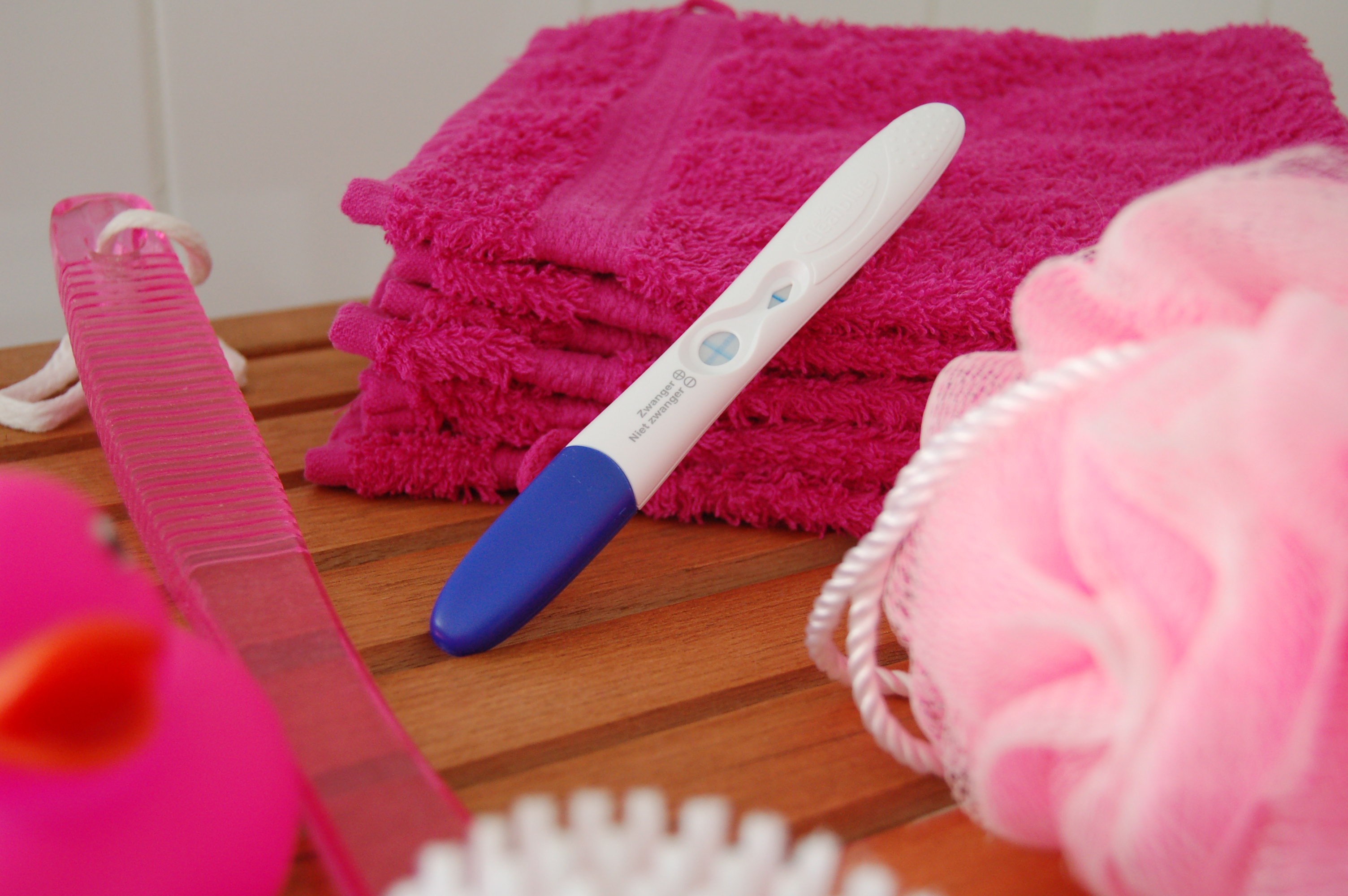
FRIDAY, Jan. 3, 2014 (HealthDay News) — Germs that cause common illnesses, including ear infections and strep throat, can linger on surfaces such as cribs, children’s toys and books for hours after contamination — even after the objects are well cleaned — according to a small new study.
Researchers suggested that additional steps may need to be taken to protect children and adults from Streptococcus pneumoniae and Streptococcus pyogenes, particularly in schools, daycare centers and hospitals.
“These findings should make us more cautious about bacteria in the environment since they change our ideas about how these particular bacteria are spread,” study senior author Anders Hakansson, of the University at Buffalo, said in a university news release.
“This is the first paper to directly investigate that these bacteria can survive well on various surfaces, including hands, and potentially spread between individuals,” said Hakansson, an assistant professor of microbiology and immunology in UB’s School of Medicine and Biomedical Sciences.
Last year, University at Buffalo researchers found that some bacteria may remain on surfaces for extended periods of time because they form “biofilms” when infecting human tissues. These highly sophisticated biofilms are more resilient than other types of bacteria.
In their latest study, published Dec. 26 in Infection and Immunity, the researchers found that in the daycare center they examined, four of five stuffed toys were contaminated with S. pneumoniae, a leading cause of ear infections in children. The germ can also lead to dangerous respiratory tract infections in children and older people, according to the news release.
Meanwhile, several surfaces, including cribs that had been cleaned, were contaminated with S. pyogenes, a bacteria that commonly causes strep throat and skin infections in schoolchildren and can cause serious infection in adults.
The testing took place in the morning before the facility opened so hours had passed since anyone had been inside, the researchers noted.
Although previous studies have shown that bacteria on surfaces and objects die quickly, the investigators pointed out that those findings were based on cultures grown in labs.
In the latest study, month-old biofilms of S. pneumoniae and S. pyogenes from contaminated surfaces were quick to infect mice. The researchers also found that biofilms survived for hours on people’s hands and lingered for hours on books and soft and hard toys and surfaces.
“In all of these cases, we found that these pathogens [germs] can survive for long periods outside a human host,” Hakansson said. “Commonly handled objects that are contaminated with these biofilm bacteria could act as reservoirs of bacteria for hours, weeks or months, spreading potential infections to individuals who come in contact with them.”
Although the study found two types of bacteria lingered on surfaces in a daycare center, it did not show that any infections resulted among humans.
More research is needed to explore how such contact might spread germs among people, how substantial the spread is, and what sort of prevention methods might be required for people who work with children and in health care settings, the study authors noted.
More information
The U.S. Centers for Disease Control and Prevention has more on how to stop the spread of germs.
Copyright © 2025 HealthDay. All rights reserved.

